Robert McLeod wrote in to say that he had just watched the latest episode of “American Pickers”. They visited the home of the son of a former GM stylist, Henri de Ségur Lauve. The episode, aired April 24, 2017 on History Canada, has Henri’s son John Lauve showing a boxed large-scale model of an SM, which looked like a Citroën promo item. He states that “This is a model of one of the cars that my father designed”. But Bob thought that it was styled by Robert Opron while he worked for Citroën.
In fact, we interviewed Robert Opron at Rendezvous when he visited in 2004 and did an article in the Winter 2006 edition of Citroënthusiast where he spoke about his role in designing the SM, GS and CX. Opron spoke of is his work but did not mention Henri de Ségur Lauve.
Wanting a definitive answer, Bob did a Google search; the results from most sites saying that Robert Opron styled the car, in-house at Citroën. But a few other sites popped up counteracting that:
Here, on this reasonably accurate British web site, the shape of the SM is attributed to Henri de Ségur Lauve:
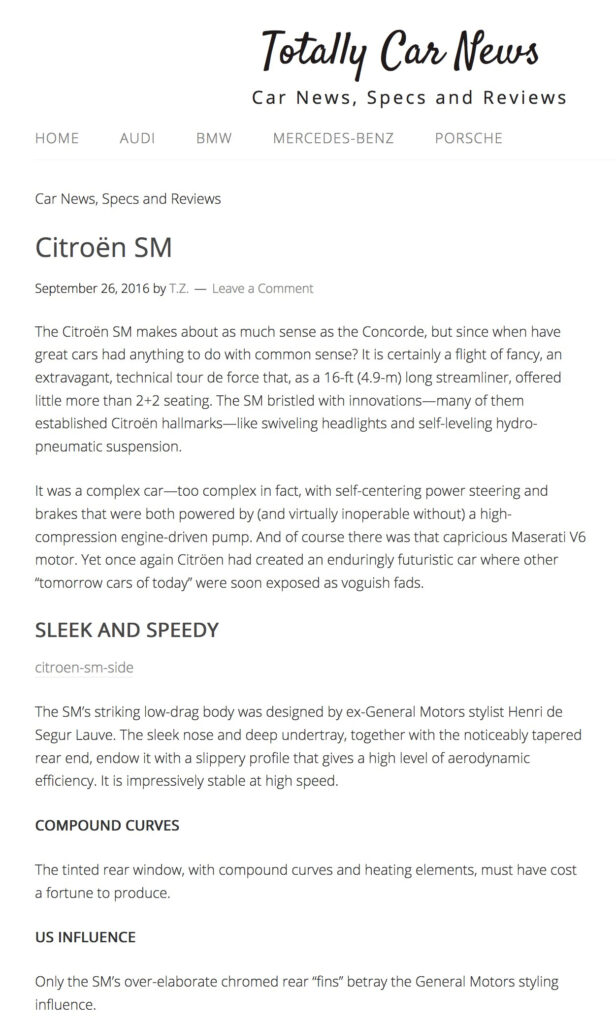

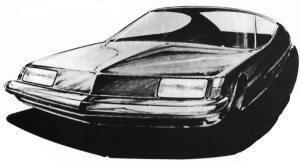
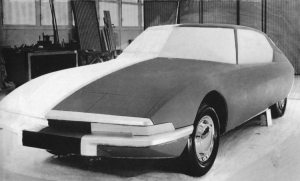
This archived newspaper from Grosse Pointe (Detroit) in 1991 states that after de Ségur Lauve left GM in 1957, he: “became a consultant designer with Citroën-Maserati [sic], where he spent as many years as he had with GM. He became affiliated with the European automaker after he was asked by the French consul general to be an interpreter when the head of the car company visited the U.S.”
The article also says: “Last year [1990], two of Lauve’s car designs – the 1948 Buick Roadmaster and the 1972 Citroën SM – took top awards at the Eyes of the Classics [car show in Grosse Point].”


Another site maybe starts to explain the real story: https://driventowrite.com/2016/05/09/1973-citroen-sm/
“The car styling was by Head of Design, Robert Opron, working with independent design consultant Henri Lauve de Segur and, without any hint of retro, it shows itself a conceptual descendant to the pre-War French streamliners.”
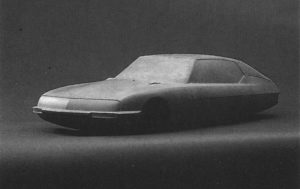
On a Brazilian web site, talking about the GS, there is this paragraph: “Based on a sketch presented by Henri de Ségur-Lauve, in 1964, the technicians, with Robert Opron at the helm of the team, began to work at a dizzying pace, even in the famous French May 1968.”
And finally, there is this article in the Dutch SM Club newsletter reviewing a book called “Andre in Amerika”. Part of the review notes: “For example, a part is dedicated to American designer Henry de Ségur Lauve, who appears to have worked for Chapron and Citroën. Is there something interesting for SM lovers?”
http://www.citroensmclub.nl/pages/sub/20333/Nieuwsarchief.html
Apparently there is! Though Robert Opron was in charge of Citroën’s styling in the era of the SM, GS and CX, there was outside influence from Henri de Ségur-Lauve who may well have contributed the genesis of the design of these vehicles to Opron and his in-house design team at Citroën .
Thank-you for shedding some light onto this Bob!

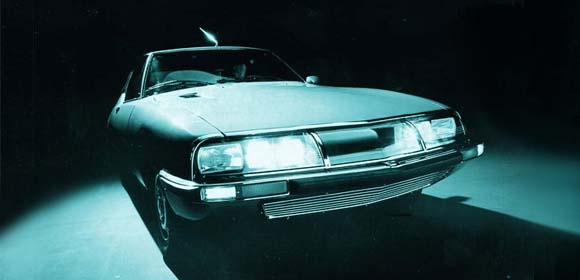

Lauve went on to design for Buick, and later GM, Buick division under Harley Earl. Years after the Citroen SM, the Buick LaSabre went on to look JUST like the Citroen SM. One, why would Lauve lie to his own son, about creating a car from across the atlantic, that his son would never see? Two, Lauve designed the LaSabre under Harley Earl. Why and How would Lauve have the SM design commited to memory, so many years later, if he didn’t design it in the first place? No one is both lying to their own child about designing a car, and designing other cars years later, that look just like it, if they hadn’t designed the aforementioned car to begin with. It’s just not how the human mind works…
In what world does the Buick LeSabre (from any year) look like an SM?
This appears to be who gets the credit. I worked for GM for 43 years, The boss at some level gets the credit for some work. I all instances, there are workers below the bosses who actually generate the details and work out the issues caused by anything new. New by definition distrubs the normal and the degree that the other areas accommodate the New, vs putting constraints on the New is a case by case answer. Look at the very pointed front end of the concept sketches, and then look at the reality of bumpers had on the design, because bumper requirements had to meet federal laws there was no compromise, years later flubber covered up the impact bar and absorbers which allowed the intent of the concept to be realized, getting rid of round head lamps were also huge in allowing styling trends to become production.
That said, who’s idea was it? the boss or the workers? The fact is it takes both to implement the vision, the boss must be a strong and credible advocate because many barriers at every interface must be challenged and changed. In some cases the boss may give direct and specific detail of his vision that the workers implement, or the workers could be the visionaires and receive gerneralized input from the boss. In all cases, the boss gets the credit, and if it wasn’t his idea a good boss goes to the worker team and tells them they are a success because of what was accomplished, but the boss still gets the credit because he has control over that output. My personal opinion is Laval was extremely creative, and showed his work to strong managers who implemented it. So he understood he didn’t have the position to implement these changes, but he gave the ideas to those who could and hence moved the needle significantly. So in short yes both men were involved, when we get more specific and who created it, and who was in charge when it was implemented is really necessary to be accurate.
All the Citroens are great looking cars with the best design ever.
Lutz Maeder
Germany
maedehl@gmx.de